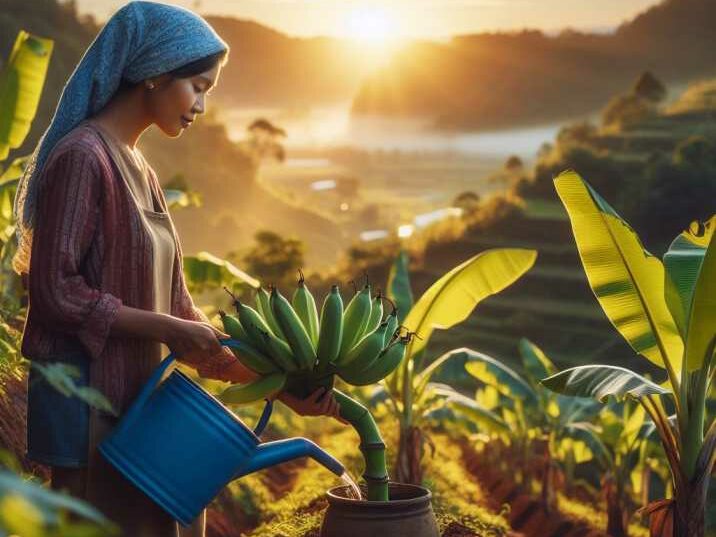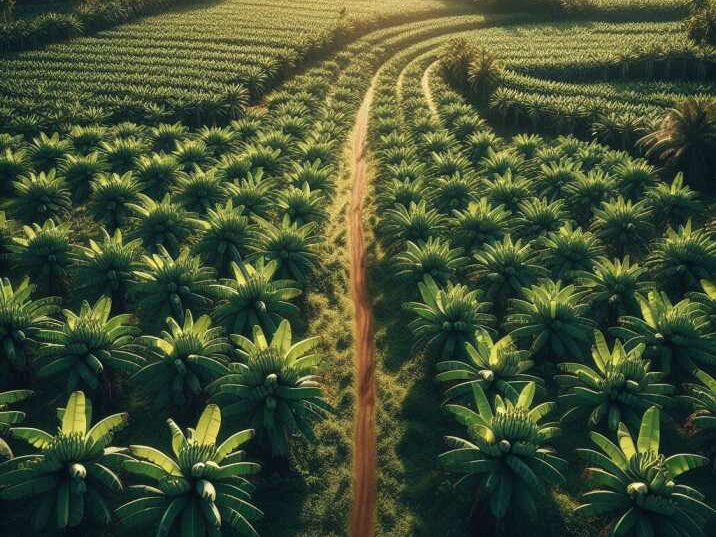Introduction:
Table of Contents
In the realm of biodiversity conservation, Cavendish bananas stand out as unsung heroes. While they might seem like just another fruit in the grocery store, these bananas play a crucial role in preserving the delicate balance of ecosystems around the world. In this article, we will unravel the intricate relationship between Cavendish bananas and biodiversity conservation, shedding light on their importance and impact.

The Significance of Cavendish Bananas:
Cavendish Bananas and Agricultural Diversity:
At first glance, it may not be apparent how a single type of banana could contribute to biodiversity conservation. However, the story of Cavendish bananas is intertwined with the broader narrative of agricultural diversity. Cavendish bananas are one of the most widely cultivated varieties globally, comprising a significant portion of the world’s banana trade. Their popularity stems from their uniform size, taste, and shelf life, making them a favorite among consumers.
Role in Sustainable Agriculture:
Cavendish bananas, despite their monoculture status, play a vital role in sustainable agriculture practices. Their cultivation often involves techniques such as crop rotation, intercropping, and organic farming methods. By integrating these practices, farmers can mitigate the environmental impact of banana cultivation and promote biodiversity within their ecosystems.
The Impact on Biodiversity Conservation:
Cultivating Genetic Diversity:
One of the critical aspects of biodiversity conservation is the preservation of genetic diversity within plant species. In the case of Cavendish bananas, maintaining genetic diversity is paramount to safeguarding against diseases and pests that could devastate entire plantations. Efforts to preserve wild banana species, which serve as genetic reservoirs, are crucial for ensuring the resilience of Cavendish bananas against emerging threats.
Supporting Ecosystems:
Beyond the banana plantations themselves, Cavendish bananas indirectly support a diverse array of ecosystems. From the insects that pollinate their flowers to the birds and mammals that feed on their fruits, these bananas contribute to the intricate web of life in tropical regions where they are grown. By providing habitat and sustenance to various species, Cavendish bananas play a role in maintaining ecosystem balance.
Challenges and Future Prospects:
Despite their significance, Cavendish bananas face numerous challenges that threaten their role in biodiversity conservation. The prevalence of monoculture plantations increases susceptibility to diseases such as Panama disease, which can devastate entire crops. Additionally, the reliance on a single variety of banana heightens the risk of genetic vulnerability.
Looking ahead, researchers and farmers are exploring innovative solutions to these challenges. From developing disease-resistant banana varieties through breeding programs to promoting agroforestry practices that integrate bananas into diverse landscapes, there is a growing recognition of the need to enhance the resilience of banana cultivation systems.

Conclusion:
In conclusion, Cavendish bananas occupy a unique position in the realm of biodiversity conservation. While their monoculture status may raise concerns about genetic vulnerability, their cultivation presents opportunities to promote sustainable agriculture practices and preserve genetic diversity within plant species. By understanding the intricate relationship between Cavendish bananas and biodiversity conservation, we can work towards fostering resilient agricultural systems that benefit both people and the planet.
Table of Information:
| Heading | Details |
|---|---|
| 1. Introduction | – Overview of the topic |
| 2. Significance of Cavendish Bananas | – Agricultural diversity – Sustainable agriculture practices |
| 3. Impact on Biodiversity Conservation | – Cultivating genetic diversity – Supporting ecosystems |
| 4. Challenges and Future Prospects | – Threats to Cavendish bananas – Innovative solutions |
| 5. Conclusion | – Recap of key points |
FAQs (Frequently Asked Questions)
- Why are Cavendish bananas important for biodiversity conservation?
- Cavendish bananas contribute to genetic diversity within plant species, supporting ecosystem resilience.
- How do Cavendish bananas impact ecosystems?
- They provide habitat and sustenance to various species, including pollinators and fruit-eating animals.
- What challenges do Cavendish bananas face?
- Monoculture cultivation increases susceptibility to diseases like Panama disease, posing a significant threat.
- What are some solutions to the challenges facing Cavendish bananas?
- Researchers are developing disease-resistant varieties, and farmers are adopting agroforestry practices to enhance resilience.
- Can Cavendish bananas be grown sustainably?
- Yes, by implementing techniques such as crop rotation and organic farming methods, Cavendish bananas can be cultivated sustainably while preserving biodiversity.
